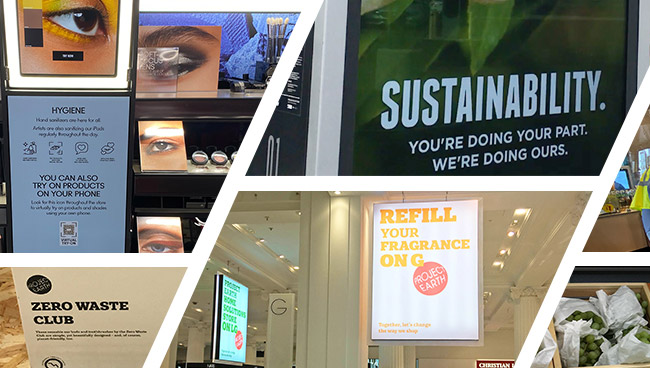WSL’s research shows that shoppers have long felt sustainability is a cause worth spending more for. Now retailers are taking that value-driven purpose from ordinary to extraordinary, and driving even more shoppers toward sustainability. Here, we share five examples from our Retail Safari® tours.
Shoppers Sought Sustainable Retail, Now It’s Seeking Them
Sustainability is becoming the can’t-miss feature in retail, and not surprisingly. Shoppers have been telling us for some time, through our How America Shops® research, that earth-friendly, community-minded practices are important to them:
- More than two-fifths of shoppers told us they will pay more for brands that support sustainability and call out fair-trade practices.
- But the variance among age groups is worth noting: sustainability commitments are higher among Gen Z and Millennial shoppers:
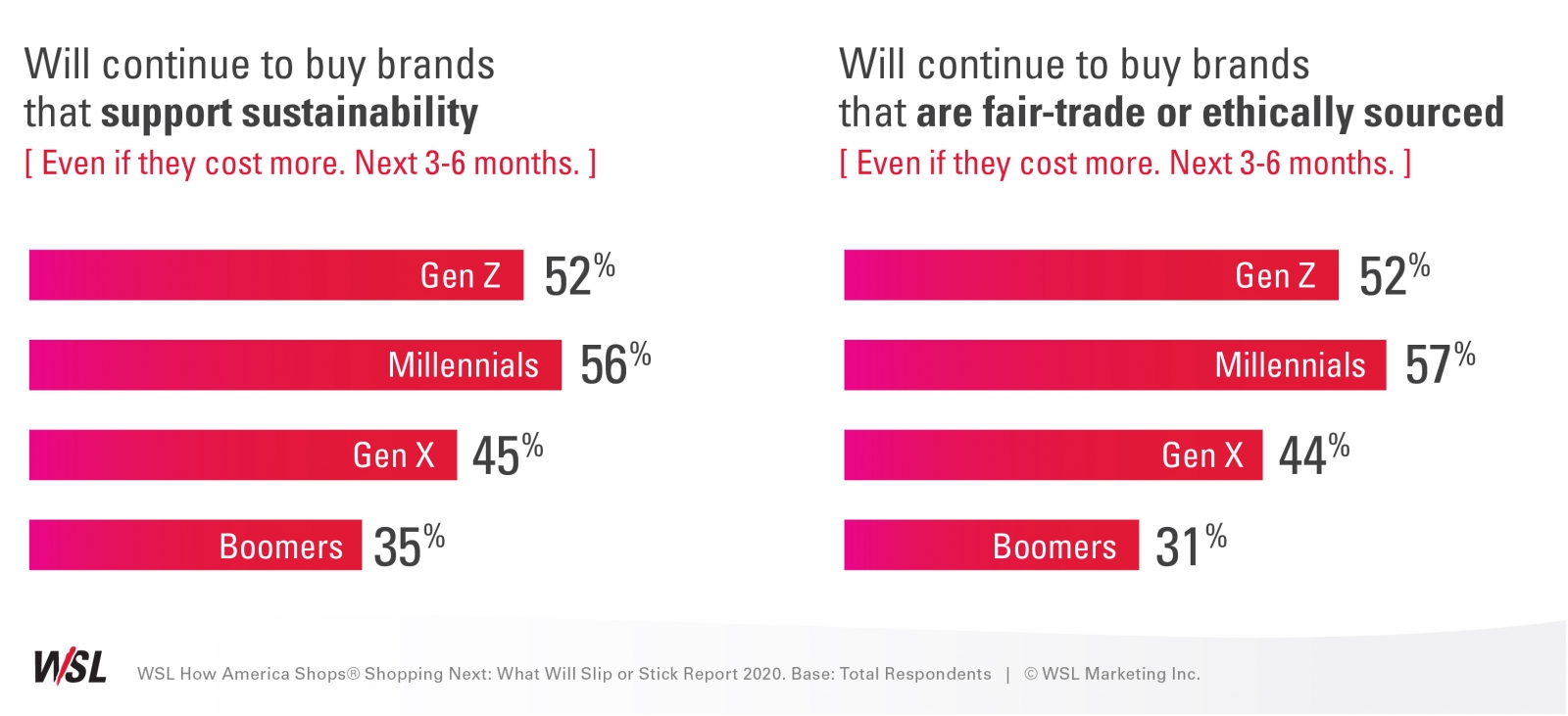
- But the variance among age groups is worth noting: sustainability commitments are higher among Gen Z and Millennial shoppers:
- 53% also want to buy “locally made,” even if it costs more. Buying local is a double win: It supports the local communities and reduces the carbon footprint created by transporting products across the country, or around the world.
- Similar to the other value categories, younger shoppers are more proactive in supporting local:
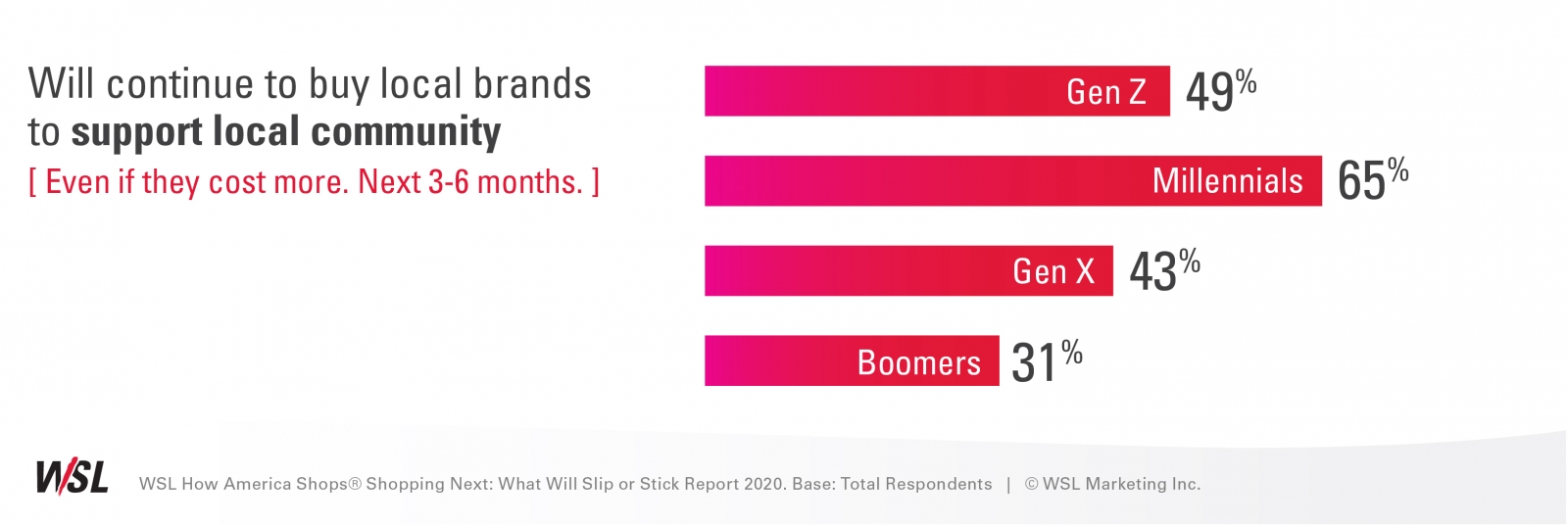
- Similar to the other value categories, younger shoppers are more proactive in supporting local:
Retailers Responded and Created A Virtuous (Re)Cycle
Retailers now recognize sustainable practices as a way to stand apart from their competitors, and as they promote their sustainable efforts, they are inspiring more shoppers to be part of this good-earth movement. From our WSL Retail Safari® (Virtually) LIVE here are examples of how retailers have taken the shoppers’ lead and are now leading shoppers to new places – on both sides of the Atlantic.
In the U.S.:
- Raley’s O.N.E. Market, Truckee, Calif.: This family-owned, regional chain operates six different formats to appeal to different market bases. It’s latest concept, O.N.E, focuses on nutrition, healthy eating and transparency – with sustainability built into this mission. In fact, sustainability is built the actual store foundation. It features solar panels, high-energy lighting, repurposed wood and motion-activated cold cases (reducing energy use by 68%). The store extends sustainability to the products it carries, committing to humanely raised meats, chemical-free and locally sourced produce, wild-caught seafood and additive-free packaged goods.
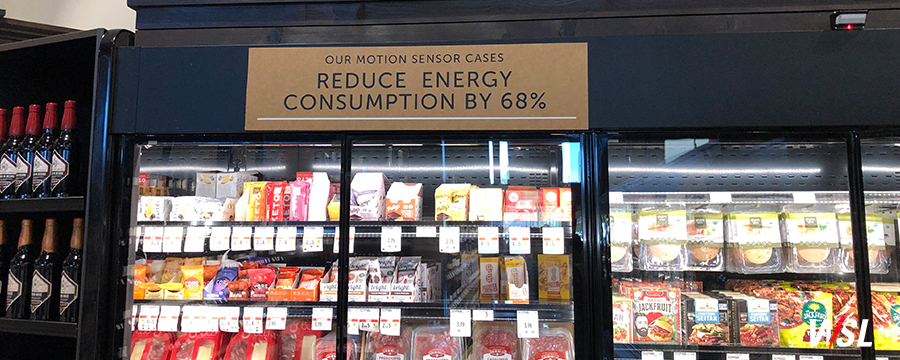
- M.A.C., Queens, N.Y.: Virtual product sampling might be the solution to safe hygiene during the pandemic, but it also reduces waste, and M.A.C. has mastered it. Using the M.A.C. app, shoppers just load their images to an iPad station and try on as many virtual shades as they want, then customize a palette for themselves. M.A.C. brings the transaction full circle by inviting shoppers to participate in its “Back to M.A.C. (Green is the New Black)” recycling program. For every six cosmetics packages shoppers return, M.A.C. gives a free lipstick.
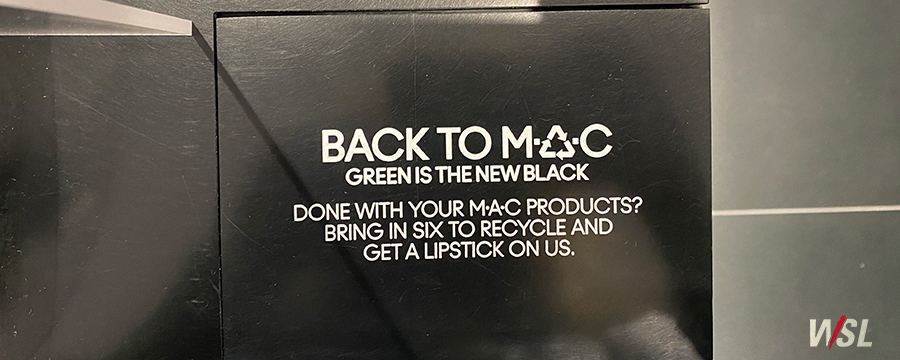
- 7-Eleven Innovation Lab, Dallas, Texas: A growing number of traditional grocery stores are featuring locally made products. 7-Eleven is upping the ante by including locally made goods in a quick trip. The store includes a Laredo Taco Company restaurant, beloved in South Texas for its handmade tortillas. This lab store includes a growler-refill station for its rotating selection of local craft beers on tap.

In the UK:
- Waitrose Unpacked, UK: This new-store concept doesn’t merely include reusable packaging – this is the entire concept. The produce is displayed without plastic bags or containers and even the frozen foods are package-free (shoppers weigh and package goods to order). Customers can use existing containers to refill a range of goods from beer and nuts to pasta and detergent. As an added service, the store’s recycling station includes depositories for batteries, Brita filters and other household items, raising awareness about recycling these more-difficult-to-recycle items.
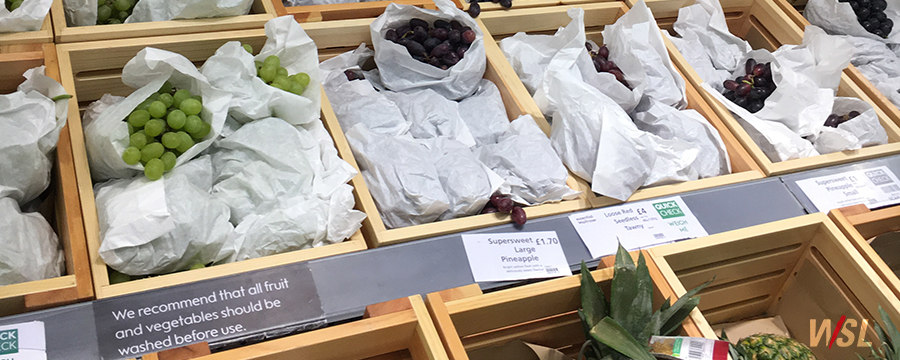
- Selfridges, UK: With its “Project Earth” installation, UK’s premier department store displays all of the ways shopping can be more earth friendly. The enlightening tour includes beauty refill stations and recycling bins, upcycled apparel (formerly known as “pre-owned”) and clothing rentals, a repair shop to encourage repair of accessories, reusable kitchen storage bags and lots of zero-waste goods. This effort is an education on what retail can be in the future, when the future is now.
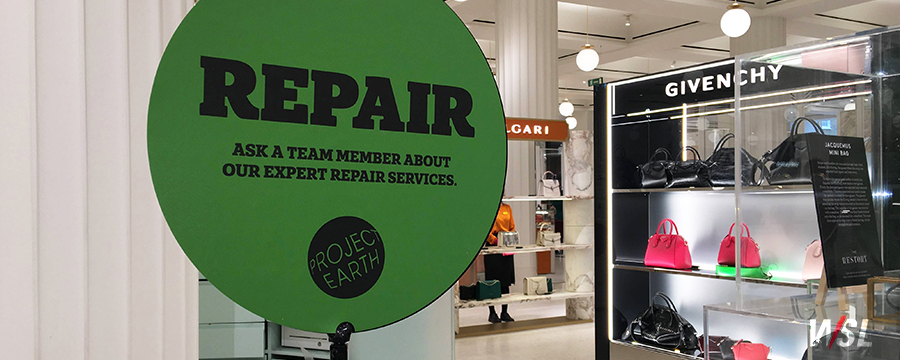
This is only the beginning of the ordinary-to-extraordinary examples our Retail Safari® explorers are discovering. Stay-tuned: We’ll have more footage of how retailers and brands are picking up on the shopper’s leads, and becoming leaders.
Want to learn more? Click here.
(Note: Annual subscribers to How America Shops® can access all Retail Safari® tours by logging in to our Shopper Insights Library. Not a subscriber? It’s not too late to sign up! Contact us.)


